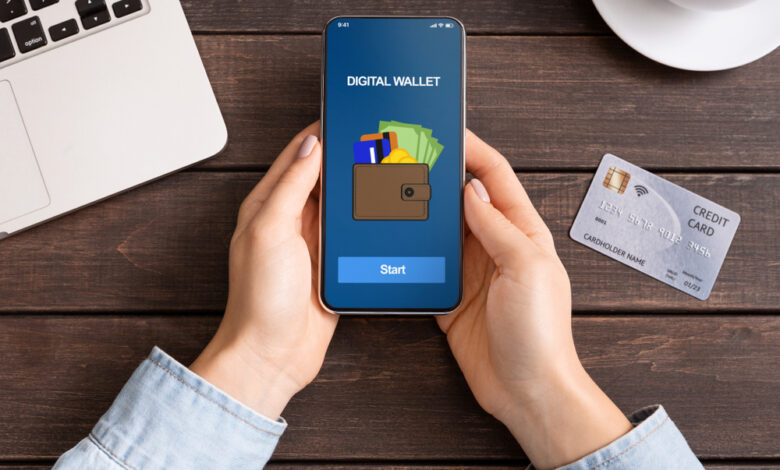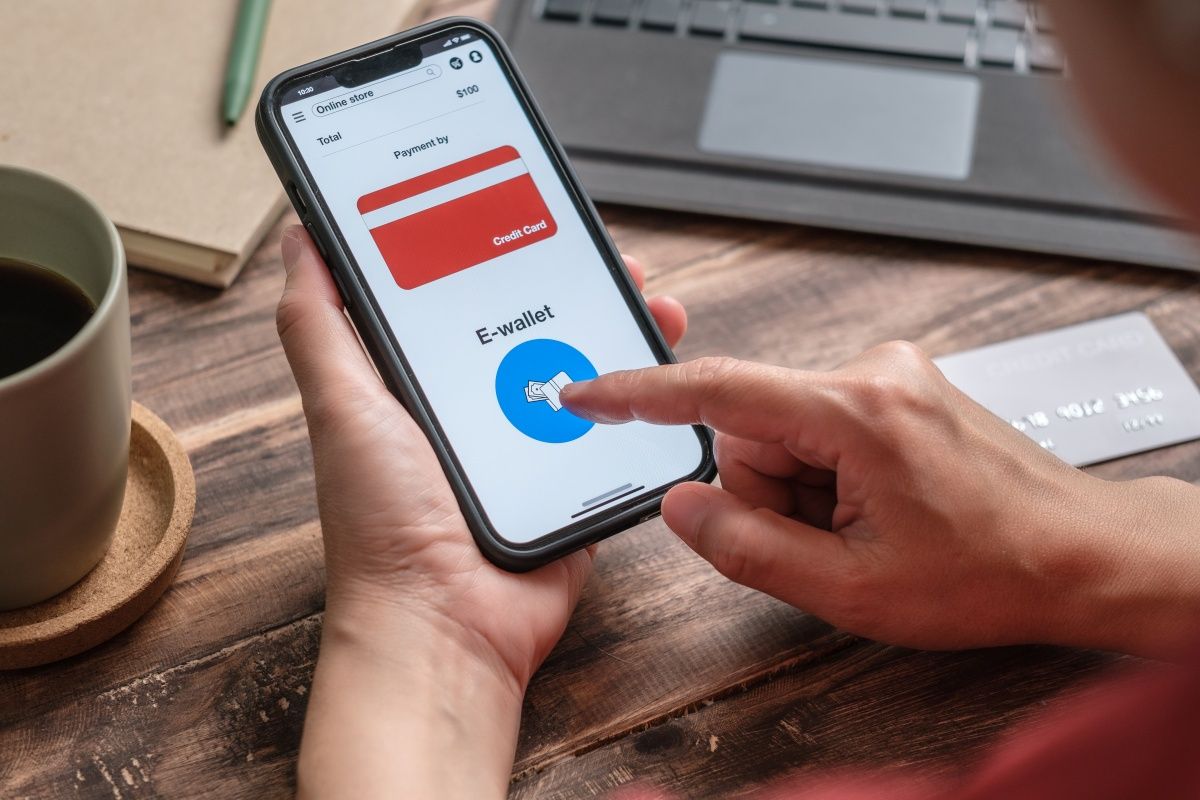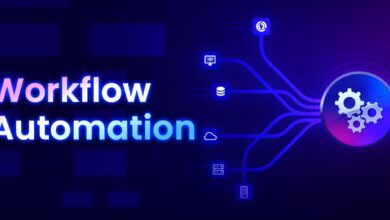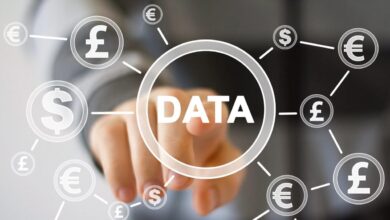The Future of Finance: Next-Gen Digital Wallet Payments

The way we pay for goods and services is undergoing a dramatic, once-in-a-generation transformation. Forget the bulky leather wallets of the past; the future of finance rests squarely in the palm of our hands, or more accurately, within the code of next-generation digital wallets.
These aren’t just apps that store credit card numbers; they are evolving into sophisticated, all-in-one financial operating systems. They are poised to become the single, indispensable gateway for managing our money, investments, identity, and commerce in the coming decade.
This shift is driven by convergence—the seamless blending of multiple technologies like Artificial Intelligence (AI), blockchain, biometrics, and real-time payment infrastructure.
What consumers experienced as a convenience in the 2010s (tap-to-pay) will become a necessity in the 2020s: a personalized, secure, and instantaneous financial experience.
Understanding this evolution is crucial, as these new wallets will not only change how we transact but also reshape global commerce, banking, and data privacy standards.
The Technological Pillars of Next-Gen Wallets

The foundational difference between a simple mobile payment app and a next-gen digital wallet lies in its underlying technological architecture. Four key pillars support this monumental leap
A. Biometric and Behavioral Security
The weakest link in any payment system is the user’s password. Next-gen wallets are moving far beyond simple PINs and even basic fingerprint scans.
A. Multi-Factor Biometrics
This involves combining several unique biological markers, such as facial recognition with liveness detection, vein mapping, and even behavioral biometrics (analyzing how a user holds their phone, typing speed, and swipe patterns). This creates a unique, virtually unhackable “user signature.”
B. Continuous Authentication
Security isn’t a one-time login event; it’s ongoing. The wallet continuously verifies the user’s identity in the background using behavioral data and device context, immediately flagging any anomalous activity.
C. Decentralized Identity (DID)
Leveraging blockchain technology, the user’s identity credentials (driver’s license, passport, medical records) are encrypted and stored on a decentralized ledger. The wallet acts as the secure key, allowing the user to share only the proof of identity (e.g., “I am over 18”) without revealing the underlying personal data.
B. The Rise of Tokenization and Blockchain Integration
While many current wallets use tokenization to secure card numbers, the next generation will embed blockchain functionality as a core feature.
A. Tokenized Assets
Wallets will not only hold fiat currencies but also digital assets, including cryptocurrencies, Non-Fungible Tokens (NFTs), and tokenized real estate or stock shares. The wallet becomes a secure asset manager.
B. Programmable Money
The integration of central bank digital currencies (CBDCs) or advanced stablecoins will introduce “programmable money.” Payments could be conditional—for instance, a government stimulus token only valid for food purchases, or a loyalty token that expires after 30 days.
C. Instantaneous Settlement
By utilizing blockchain rails or advanced real-time payment networks like FedNow or Europe’s SEPA Instant, payments will settle immediately, eliminating the current time lag inherent in traditional card networks. This is critical for global commerce.
C. AI-Driven Personalization and Financial Wellness
AI is the brain of the next-gen wallet, transforming it from a mere transaction tool into a powerful personal financial advisor.
A. Hyper-Personalized Spending Insights
The AI analyzes spending patterns in real-time, offering actionable suggestions far beyond a simple budget. It might suggest switching electricity providers, predict future liquidity issues, or automatically invest spare change based on market sentiment.
B. Dynamic Credit and Lending
Based on continuous analysis of the user’s income and behavioral data, the wallet can instantly generate dynamic, personalized credit offers without the traditional lengthy application process.
C. Fraud Prediction and Prevention
The AI engine constantly monitors transaction data points, cross-referencing them with global fraud patterns to stop suspicious activity before the transaction is even completed, not merely alerting the user afterward.
D. Seamless Contextual Commerce
The true innovation lies in making the payment process invisible, embedding it seamlessly into the user’s environment.
A. Ambient Commerce
Payment becomes automatic and invisible. Imagine walking out of a store, and the goods are charged automatically, or a car automatically pays for tolls, fuel, or parking spaces. This is driven by advanced sensors and secure Internet of Things (IoT) integration.
B. Integrated Shopping Experiences
The wallet is built directly into social media, augmented reality (AR) shopping, and virtual reality (VR) metaverse environments, allowing users to move from inspiration to purchase with a single click or glance.
C. Voice and Gesture Payments
As smart speakers and wearable tech become standard, payments will be authorized simply through a voice command (“Pay John $50”) or a specific gesture captured by a smartwatch or smart glasses.
The New Role of Digital Wallets: Beyond Payments

In the past, the core function of a wallet was payments. The next generation expands this function into several high-value, high-engagement areas, directly impacting sectors far removed from traditional banking:
A. Health and Identity Management
The wallet becomes a secure vault for verifiable credentials, linking health records and identity documents to a secure digital profile.
A. Verifiable Health Credentials
Securely proving vaccination status, blood type, or medical conditions without revealing the full underlying data, critical for travel and emergency services.
B. Digital Access Keys
Replacing physical keys and access cards for homes, offices, and even vehicles.
C. E-Government Interaction
A singular, trusted identity point for filing taxes, voting, and accessing public services.
B. Financial Super-Apps and Ecosystem Integration
The trend is moving towards a “super-app” model, particularly in global markets, where a single app manages all aspects of a user’s digital life.
A. Integrated Investment Platforms
Direct access to trading stocks, bonds, crypto, and fractional real estate, all managed through the wallet’s central interface.
B. Insurance and Policy Management
Viewing, adjusting, and filing claims for insurance policies directly within the wallet, often utilizing AI agents for quick policy comparison.
C. Travel and Mobility
Storing digital tickets, boarding passes, loyalty points, and paying for all modes of transport (from ride-sharing to public transit) seamlessly.
C. Sustainable and Green Finance Integration
With rising global consciousness, the next-gen wallet will reflect user values by integrating sustainability metrics.
A. Carbon Footprint Tracking
Automatically calculating the environmental impact of every purchase (e.g., fuel, air travel, meat) and providing options to offset the carbon cost through direct, in-app micro-donations to certified projects.
B. Ethical Investment Screening
Enabling users to automatically filter investment choices based on Environmental, Social, and Governance (ESG) criteria.
Challenges and Regulatory Headwinds
The proliferation of these powerful new financial tools is not without significant hurdles. For global adoption to succeed, innovators and regulators must address complex issues surrounding trust, control, and standardization.
A. Regulatory Fragmentation
The lack of a unified global regulatory framework creates friction, particularly for wallets aiming for cross-border dominance.
A. Data Sovereignty
Rules regarding where financial and identity data must be stored and processed vary wildly between regions (e.g., GDPR in Europe vs. CCPA in California).
B. CBDC Interoperability
If multiple countries launch their own Central Bank Digital Currencies, the wallets will need a seamless, non-costly way to exchange these distinct digital assets instantly.
B. Security and Quantum Risk
The increased complexity and integration of wallets also make them a more attractive, high-value target for sophisticated cybercriminals.
A. Quantum Computing Threat
The emergence of powerful quantum computers in the next decade could potentially break current encryption standards (like RSA). Next-gen wallets must incorporate Post-Quantum Cryptography (PQC) standards now to future-proof users’ assets.
B. Supply Chain Vulnerability
As wallets integrate third-party services (lending, insurance, investment), the security of the entire ecosystem becomes dependent on the security of its weakest partner.
C. The Digital Divide and Financial Inclusion
While offering massive potential for financial inclusion in underserved communities, a reliance on advanced biometrics and high-end smartphones risks deepening the divide for those with limited access to technology.
A. Accessibility Standards
Ensuring that the wallets are functional and accessible across a range of devices, including basic feature phones used widely in developing nations.
B. Digital Literacy
Providing intuitive, simple interfaces and robust educational resources to build trust and competence among new digital finance users.
Conclusion
The evolution of the digital wallet is more than a simple upgrade; it represents the ultimate convergence of identity, commerce, and finance into a single, highly secure, and intelligent platform.
By 2030, the next-gen digital wallet will effectively serve as the financial operating system for the digital human. It will manage not only payments but also our personal data privacy, our investment portfolio, our verifiable identity, and even our adherence to personal sustainability goals.
Banks and technology companies that fail to integrate these technological pillars—AI, blockchain, biometrics, and instant payment rails—risk becoming relegated to mere back-end infrastructure providers.
The winners in this new financial landscape will be those who master the delicate balance of offering unprecedented convenience and hyper-personalization while simultaneously maintaining absolute, non-negotiable security and user control over their own data.
This transition promises an era of financial fluidity, where money moves instantly, safely, and intelligently, making the cumbersome processes of the past virtually obsolete. The future of finance is a seamless, secure, and smart experience, and the digital wallet is the key.







